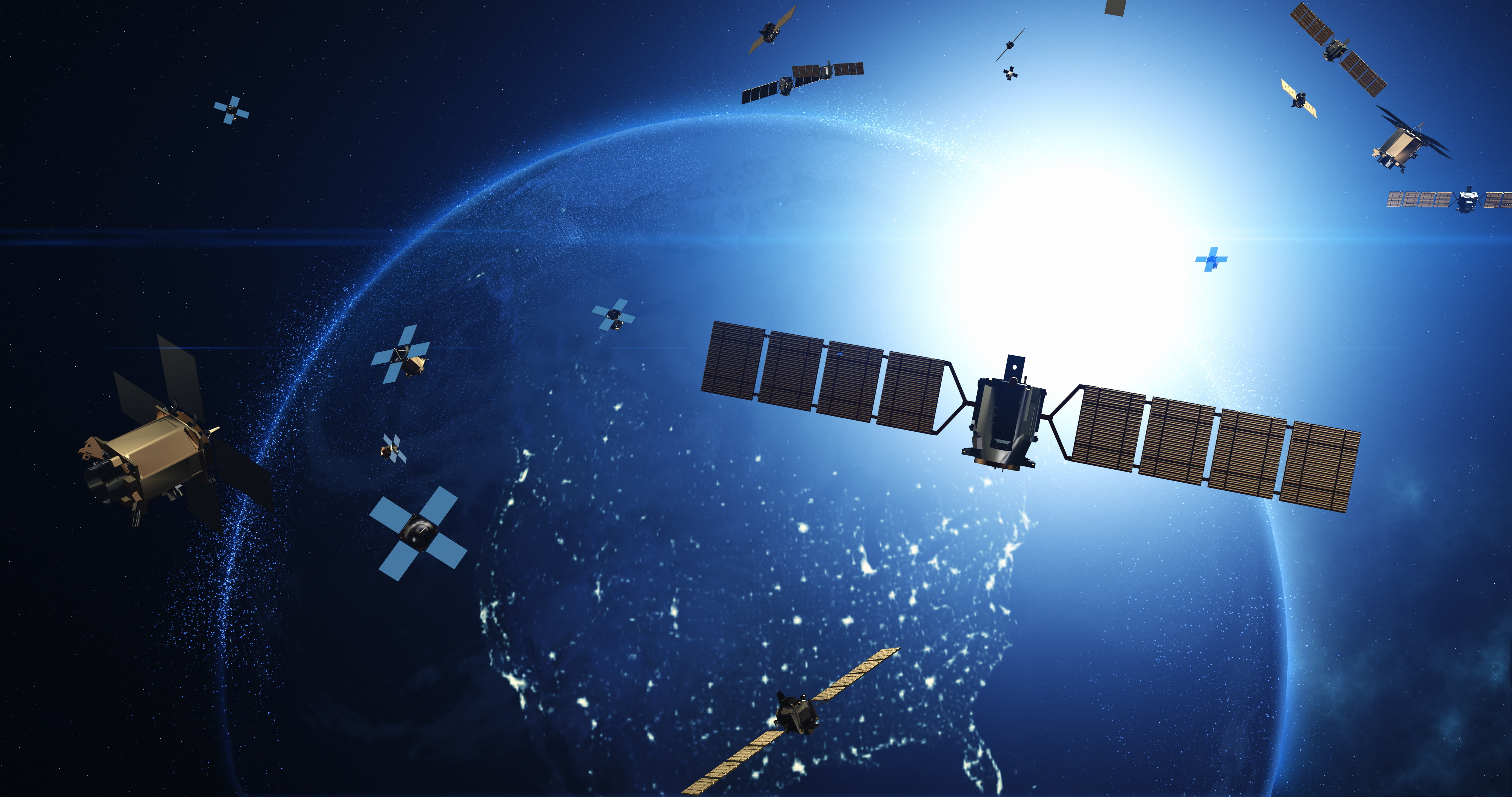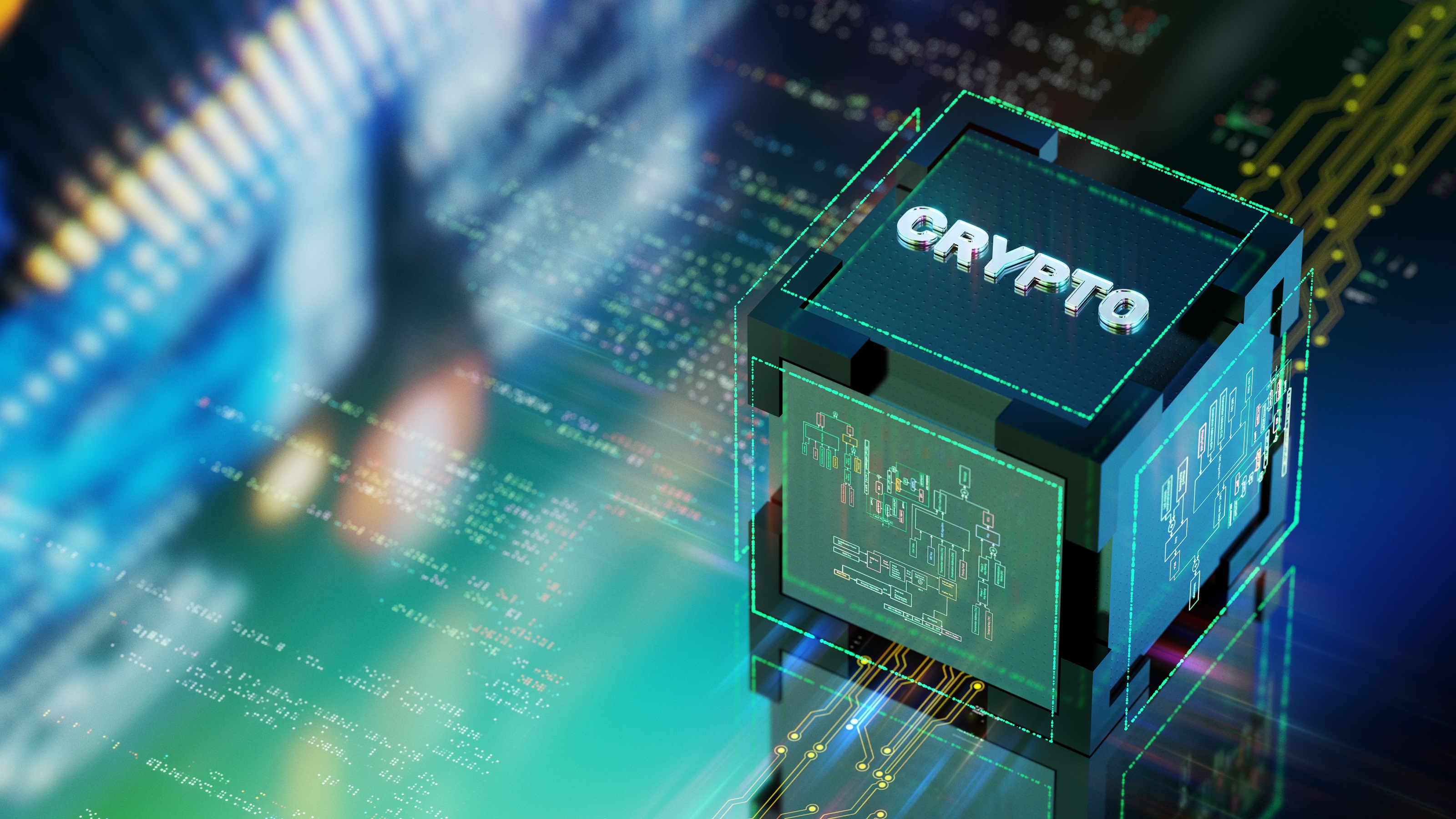Semiconductor Sales Will Bounce Back in 2024: The Kiplinger Letter
Global semiconductor sales will rebound in 2024 driven by a frenzy of innovation.

To help you understand what is going on in the technology sector in the U.S. and around the world, and what we expect to happen in the future, our highly experienced Kiplinger Letter team will keep you abreast of the latest developments and forecasts (Get a free issue of The Kiplinger Letter or subscribe). You'll get all the latest news first by subscribing, but we will publish many (but not all) of the forecasts a few days afterward online. Here’s the latest…
As semiconductor sales rebound next year, look for a frenzy of innovation that’s fueled by fierce competition, hefty investment by chip firms and governments, and rapid manufacturing advances.
A big driver of sales: Artificial intelligence, especially generative AI tools that can compose text, write computer code, create images and much more. Global semiconductor sales will rise 13% in 2024 versus 2023, hitting $590 billion, per estimates by World Semiconductor Trade Statistics. That comes after this year’s 9% decline.
Expect sales to be notably strong in the U.S. for high-end chips, with the strongest sales growth in memory, soaring 45% in 2024, after dropping 31% this year. That bodes well for Samsung, SK Hynix and Micron. Integrated circuits will see sales jump 16%, which is good news for vendors of high-end CPUs and GPUs, such as Nvidia, Intel, AMD, MediaTek and Qualcomm. There are weaker prospects for other chips used in automobiles, industry and the Internet of Things, though even those will eke out single-digit growth.

Sign up for Kiplinger’s Free E-Newsletters
Profit and prosper with the best of expert advice on investing, taxes, retirement, personal finance and more - straight to your e-mail.
Profit and prosper with the best of expert advice - straight to your e-mail.
The skyrocketing demand for powerful AI chips has reset industry ambitions. Nvidia stands alone as the leader, being the sole provider of top-end AI chips that are used to train and execute neural networks, such as generative AI, which require massive amounts of calculations performed in parallel at low energy. But others are nipping at Nvidia’s heels, including AMD, Intel and Huawei, trying to compete with new AI chips. Meanwhile, top chip manufacturers are pressing harder. Taiwan Semiconductor Manufacturing Co., the top dog, will keep pushing the limits of chipmaking. Intel’s plan is to leapfrog five generations of chipmaking in four years. Samsung, too, is spending heavily to outdo TSMC.
Innovation at leading-edge manufacturers is paying off for firms creating custom AI chips next year and beyond, as chip designs can harness huge leaps in performance.
Some noteworthy chips and applications to look out for next year include more powerful data center chips from Nvidia where current models cost $25,000 to $40,000 each. Big buyers include Amazon, Microsoft, Alphabet, Meta and Baidu. Uses include real-time language translation, drug discovery and smarter chatbots. Also look for AI chips for smartphones and laptops and PCs with multiday battery life and the power to run generative AI, and smartphones that can convert text to images or spot the best facial expressions in a group of photos to create the perfect shot.
This forecast first appeared in The Kiplinger Letter, which has been running since 1923 and is a collection of concise weekly forecasts on business and economic trends, as well as what to expect from Washington, to help you understand what’s coming up to make the most of your investments and your money. Subscribe to The Kiplinger Letter.
Related Content
Get Kiplinger Today newsletter — free
Profit and prosper with the best of Kiplinger's advice on investing, taxes, retirement, personal finance and much more. Delivered daily. Enter your email in the box and click Sign Me Up.

John Miley is a Senior Associate Editor at The Kiplinger Letter. He mainly covers technology, telecom and education, but will jump on other important business topics as needed. In his role, he provides timely forecasts about emerging technologies, business trends and government regulations. He also edits stories for the weekly publication and has written and edited e-mail newsletters.
He joined Kiplinger in August 2010 as a reporter for Kiplinger's Personal Finance magazine, where he wrote stories, fact-checked articles and researched investing data. After two years at the magazine, he moved to the Letter, where he has been for the last decade. He holds a BA from Bates College and a master’s degree in magazine journalism from Northwestern University, where he specialized in business reporting. An avid runner and a former decathlete, he has written about fitness and competed in triathlons.
-
 The AI Doctor Coming to Read Your Test Results
The AI Doctor Coming to Read Your Test ResultsThe Kiplinger Letter There’s big opportunity for AI tools that analyze CAT scans, MRIs and other medical images. But there are also big challenges that human clinicians and tech companies will have to overcome.
By John Miley Published
-
 The Best Places for LGBTQ People to Retire Abroad
The Best Places for LGBTQ People to Retire AbroadLGBTQ people can safely retire abroad, but they must know a country’s laws and level of support — going beyond the usual retirement considerations.
By Drew Limsky Published
-
 The AI Doctor Coming to Read Your Test Results
The AI Doctor Coming to Read Your Test ResultsThe Kiplinger Letter There’s big opportunity for AI tools that analyze CAT scans, MRIs and other medical images. But there are also big challenges that human clinicians and tech companies will have to overcome.
By John Miley Published
-
 The New Space Age Takes Off
The New Space Age Takes OffThe Kiplinger Letter From fast broadband to SOS texting, space has never been more embedded in peoples’ lives. The future is even more exciting for rockets, satellites and emerging space tech.
By John Miley Published
-
 Rising AI Demand Stokes Undersea Investments
Rising AI Demand Stokes Undersea InvestmentsThe Kiplinger Letter As demand soars for AI, there’s a need to transport huge amounts of data across oceans. Tech giants have big plans for new submarine cables, including the longest ever.
By John Miley Published
-
 What DOGE is Doing Now
What DOGE is Doing NowThe Kiplinger Letter As Musk's DOGE pursues its ambitious agenda, uncertainty and legal challenges are mounting — causing frustration for Trump.
By Matthew Housiaux Published
-
 A Move Away From Free Trade
A Move Away From Free TradeThe Letter President Trump says long-term gain will be worth short-term pain, but the pain could be significant this year.
By David Payne Published
-
 The Explosion of New AI Tools
The Explosion of New AI ToolsThe Kiplinger Letter Workers and consumers soon won’t be able to escape generative AI. Does that mean societal disruption and productivity gains are right around the corner?
By John Miley Published
-
 Trump’s Whirlwind Month of Crypto Moves
Trump’s Whirlwind Month of Crypto MovesThe Kiplinger Letter The Trump administration wants to strengthen U.S. leadership in the cryptocurrency industry by providing regulatory clarity.
By Rodrigo Sermeño Published
-
 Excitement Over AI Propels IT Spending
Excitement Over AI Propels IT SpendingThe Kiplinger Letter IT sales set to surge in 2025 as businesses rush to adopt generative AI.
By John Miley Published